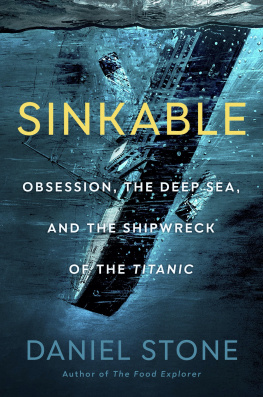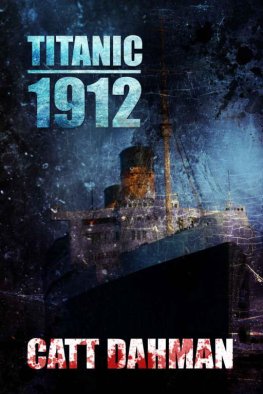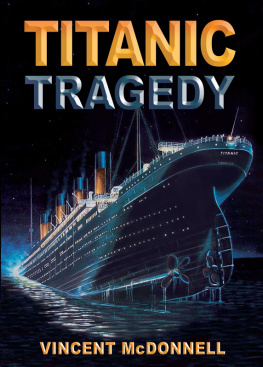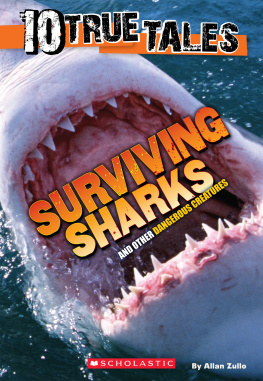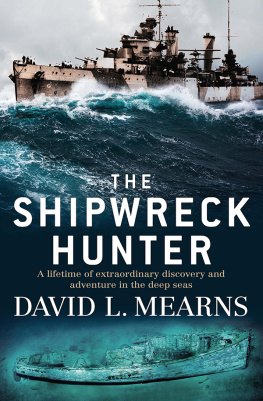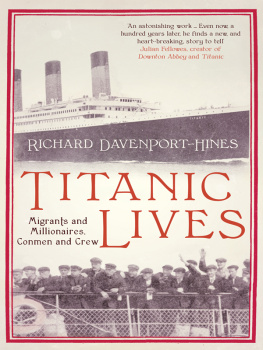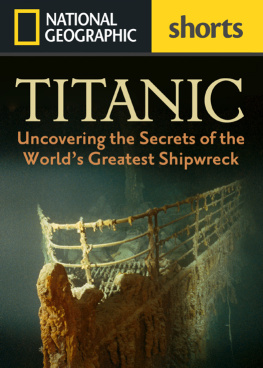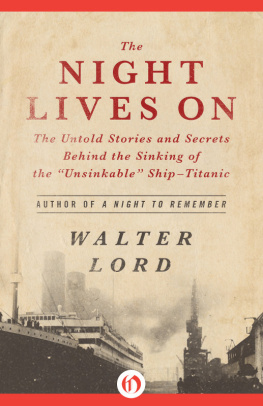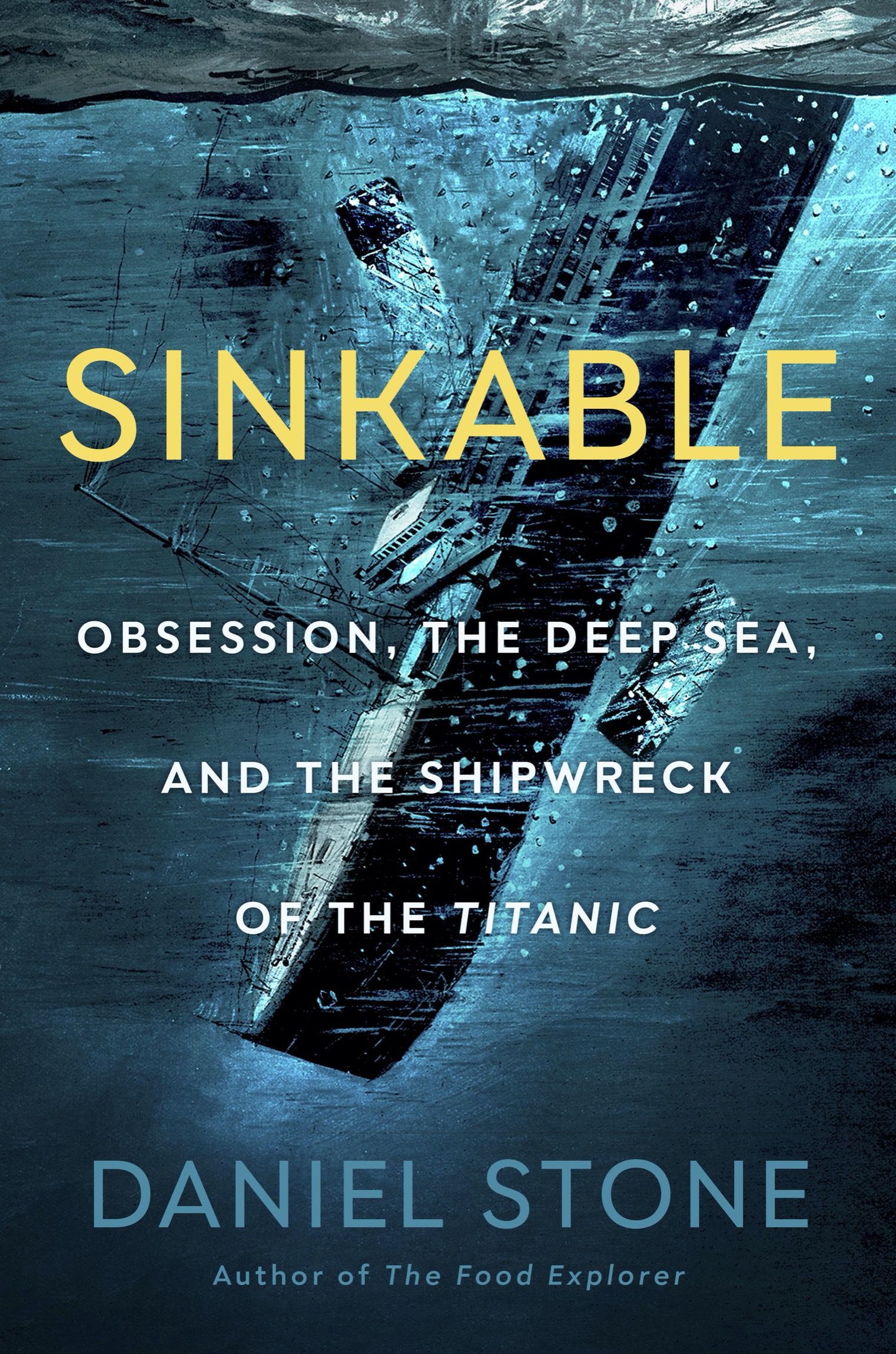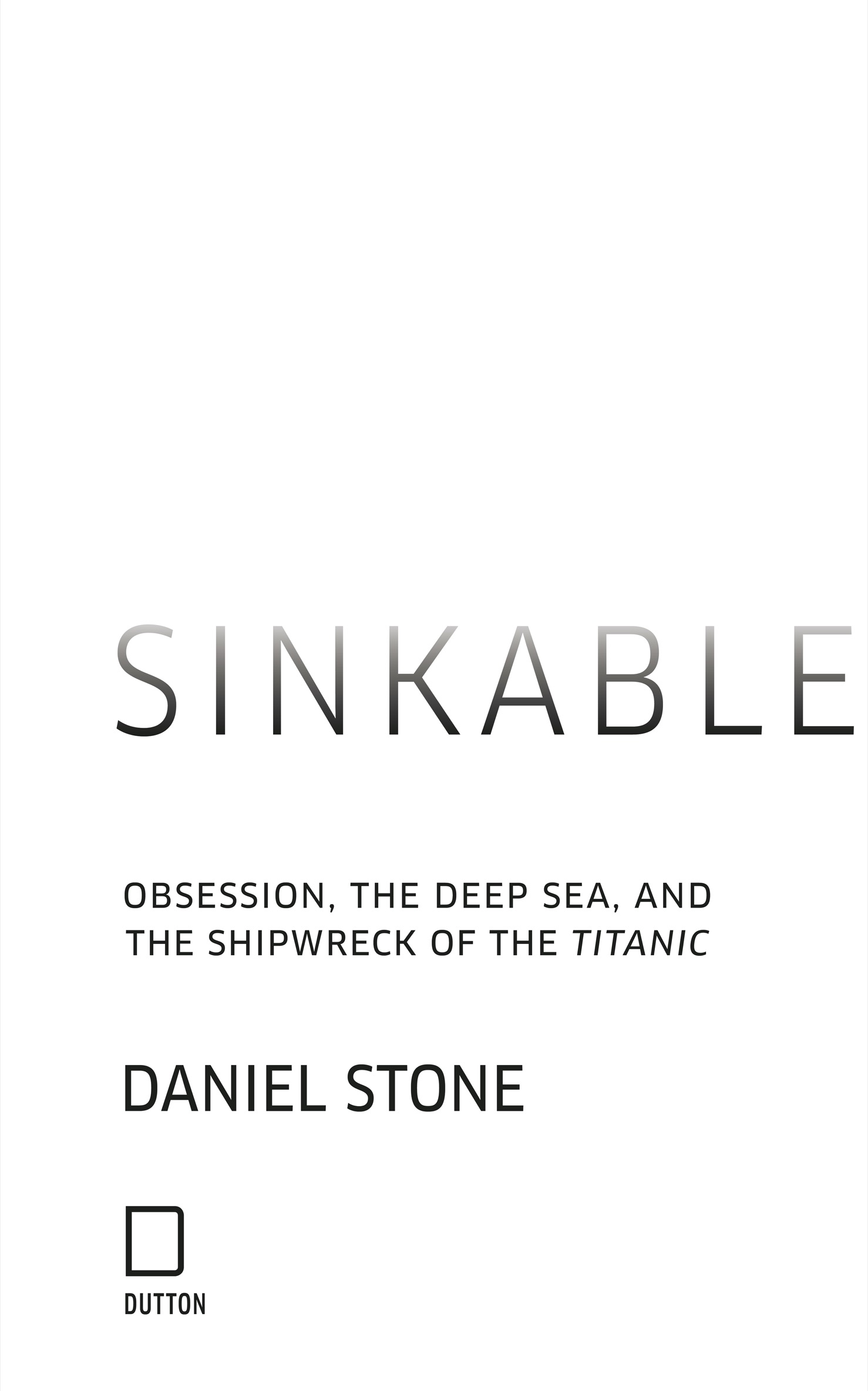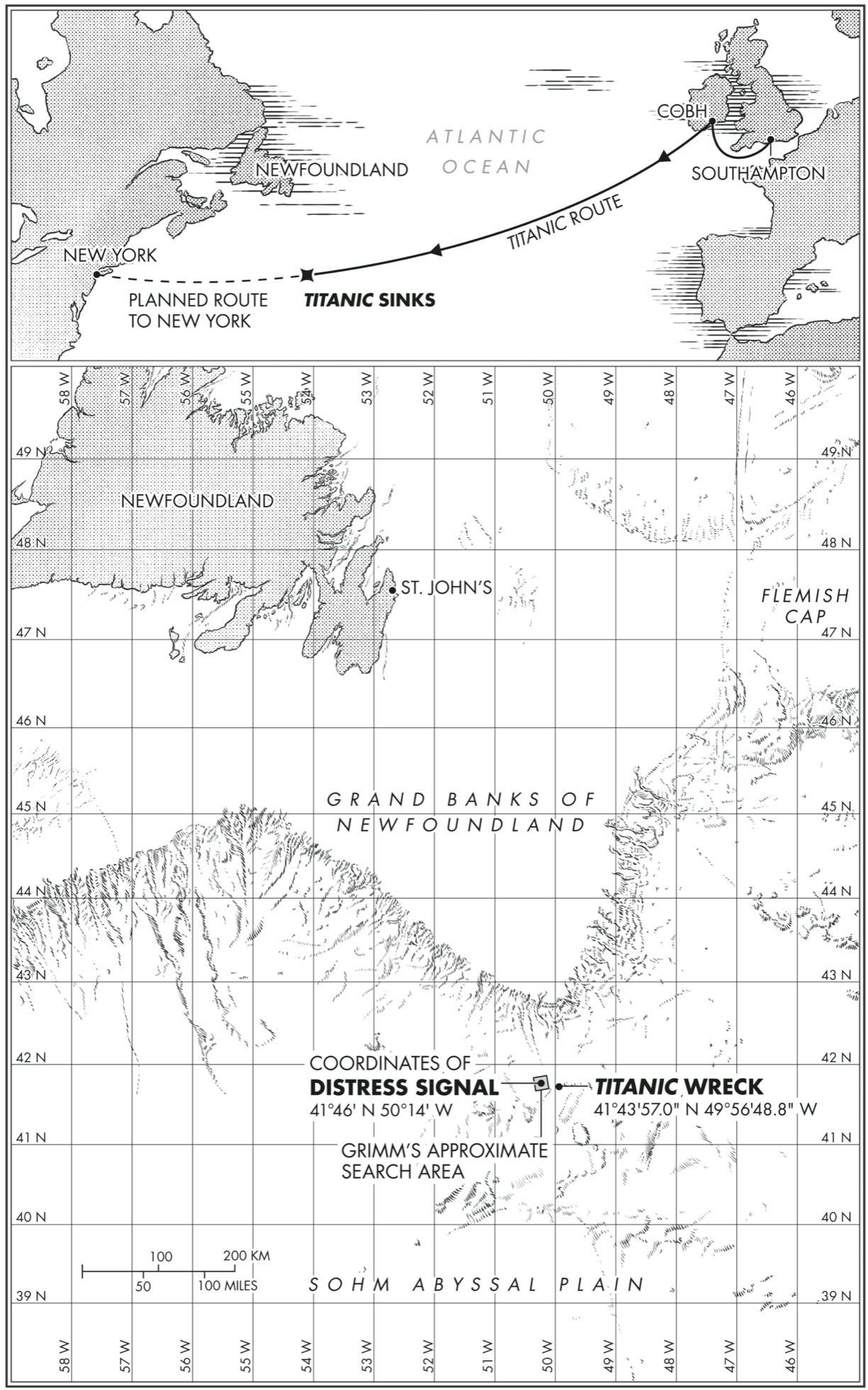Daniel Stone - Sinkable: Obsession, the Deep Sea, and the Shipwreck of the Titanic
Here you can read online Daniel Stone - Sinkable: Obsession, the Deep Sea, and the Shipwreck of the Titanic full text of the book (entire story) in english for free. Download pdf and epub, get meaning, cover and reviews about this ebook. City: New York, year: 2022, publisher: Dutton, genre: History. Description of the work, (preface) as well as reviews are available. Best literature library LitArk.com created for fans of good reading and offers a wide selection of genres:
Romance novel
Science fiction
Adventure
Detective
Science
History
Home and family
Prose
Art
Politics
Computer
Non-fiction
Religion
Business
Children
Humor
Choose a favorite category and find really read worthwhile books. Enjoy immersion in the world of imagination, feel the emotions of the characters or learn something new for yourself, make an fascinating discovery.
- Book:Sinkable: Obsession, the Deep Sea, and the Shipwreck of the Titanic
- Author:
- Publisher:Dutton
- Genre:
- Year:2022
- City:New York
- Rating:3 / 5
- Favourites:Add to favourites
- Your mark:
Sinkable: Obsession, the Deep Sea, and the Shipwreck of the Titanic: summary, description and annotation
We offer to read an annotation, description, summary or preface (depends on what the author of the book "Sinkable: Obsession, the Deep Sea, and the Shipwreck of the Titanic" wrote himself). If you haven't found the necessary information about the book — write in the comments, we will try to find it.
On a frigid April night in 1912, the worlds largestand soon most famousocean liner struck an iceberg and slipped beneath the waves. She had scarcely disappeared before her new journey began, a seemingly limitless odyssey through the worlds fixation with her every tragic detail. Plans to find and raise the Titanic began almost immediately. Yet seven decades passed before it was found. Why? And of some three million shipwrecks that litter the ocean floor, why is the world still so fascinated with this one?
In Sinkable, Daniel Stone spins a fascinating tale of history, science, and obsession, uncovering the untold story of the Titanic not as a ship but as a shipwreck. He explores generations of eccentrics, like American Charles Smith, whose 1914 recovery plan using a synchronized armada of ships bearing electromagnets was complex, convincing, and utterly impossible; Jack Grimm, a Texas oil magnate who fruitlessly dropped a fortune to find the wreck after failing to find Noahs Ark; and the British Doug Woolley, a former pantyhose factory worker who has claimed, since the 1960s, to be the true owner of the Titanic wreckage.
Along the way, Sinkable takes readers through the two miles of ocean water in which the Titanic sank, showing how the ship broke apart and why, and delves into the odd history of our understanding of such depths. Author Daniel Stone studies the landscape of the seabed, which in the Titanics day was thought to be as smooth and featureless as a bathtub. He interviews scientists to understand the decades of rust and decomposition that are slowly but surely consuming the ship. (It is expected to disappear entirely within a few decades!) He even journeys over the Atlantic, during a global pandemic, to track down the elusive Doug Woolley. And Stone turns inward, looking at his own dark obsession with both the Titanic and shipwrecks in general, and why he spends hours watching ships sink on YouTube.
Brimming with humor, curiosity and wit, Sinkable follows in the tradition of Susan Orlean and Bill Bryson, offering up a page-turning work of personal journalism and an immensely entertaining romp through the deep sea and the nature of obsession.
Daniel Stone: author's other books
Who wrote Sinkable: Obsession, the Deep Sea, and the Shipwreck of the Titanic? Find out the surname, the name of the author of the book and a list of all author's works by series.

